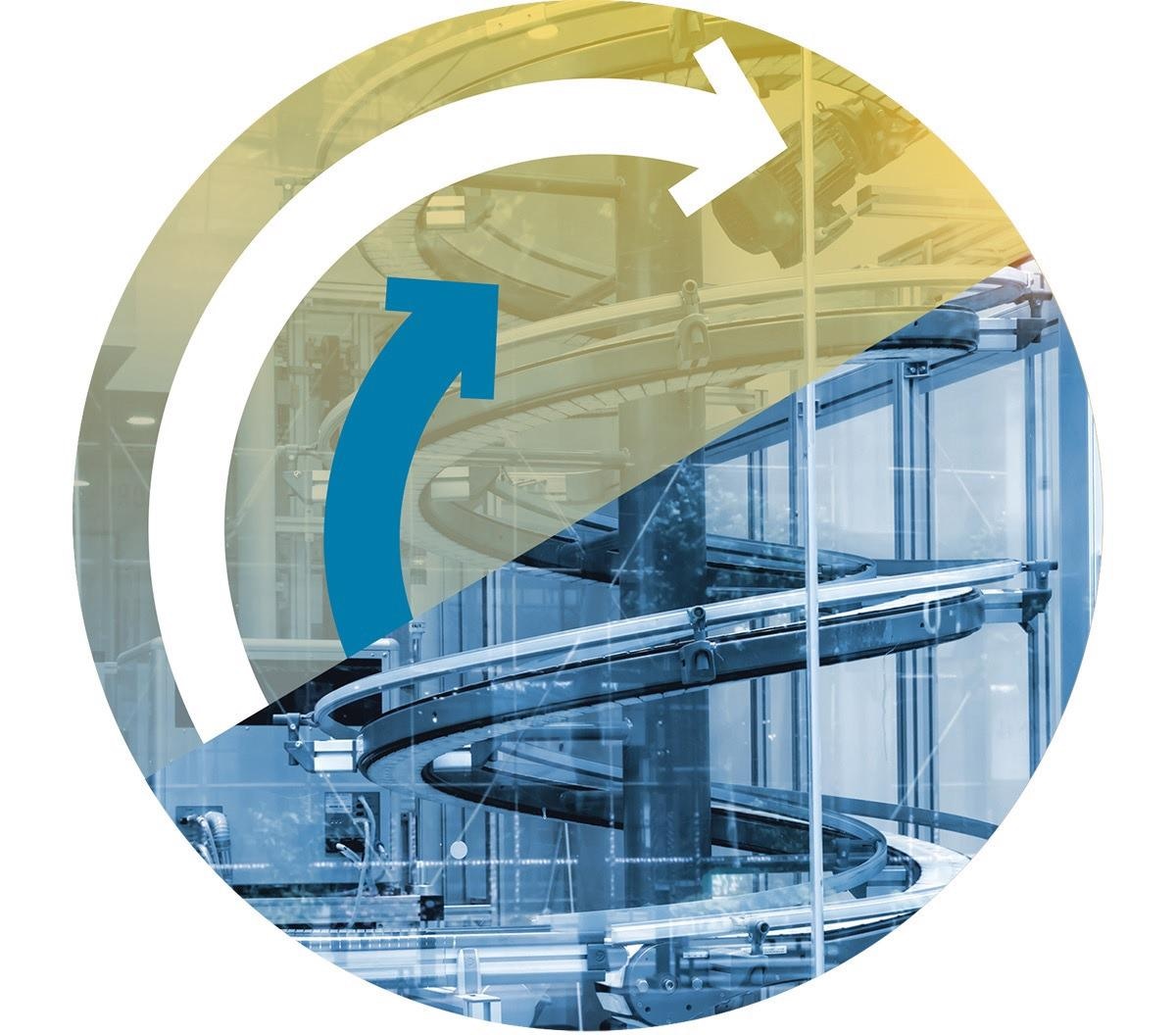When thermal fluid systems are used to replace steam in a broad range of process applications, there is an increase in years of highly efficient service, human and environmental safety and increased production and product quality as a result of uniform and precise temperature control. Almost every category sees significant advantages from the use of hot oil systems.
Efficiency
Efficiency has been indicated by thermal fluid heater manufacturers to be up to 5-8% higher than conventional steam systems. Increased efficiency can also be provided through the use of hot oil heated and shell-and-tube steam generators.
These systems have considerably lower heat flux, causing decreased fouling and additionally require less water treatment.
The difference in efficiency becomes even more pronounced when taking into account the 6-14% flash losses, up to 3% blowdown losses and 2% de-aerator losses of a typical steam system (including trap losses).
Excluding additional heater and steam generator efficiencies, thermal fluid systems can be up to 31% more efficient because they suffer none of the above losses.
Licensed Operators
Full-time licensed stationary operating engineers are legally required to supervise the operation of high pressure fired steam systems in many areas of the country. It can cost well in excess of $60,000 per year per engineer.
Most thermal fluid systems, in opposition to steam systems, are vented to the atmosphere at the expansion tank and operate at atmospheric pressure.
Pressure is needed to keep the fluid in turbulent flow while overcoming piping frictional drag and the system limits pressure to just enough for these tasks. Pump discharge pressures typically fall between 35 psi – 65 psi; large systems require somewhat higher pressures.
Licensed operators are seldom required for thermal oil systems because of this safe, unpressurized operation.
Corrosion
Corrosion is a known problem for steam systems. There is an extraordinary potential for metal corrosion because of the presence of air in combination with salts, hot water and other reactive contaminants.
Steam has virtually no lubricity and is also abrasive. System problems can quickly compound with the addition of scale and deposits of minerals that are found in most water supplies.
Thankfully, Paratherm fluids are completely non-corrosive. These fluids are just as effective as the finest light lubricating oils in providing a high degree of metal surface protection but are 100% derived from natural U.S. feedstocks.

Image Credit: Paratherm
Maintenance
Maintenance for steam systems focuses on water analysis and treatment, expansion joins, condensate return pumps, valves and steam traps and the required maintenance is constant.
If steam systems are being used in a cold climate and the power fails, there is a possibility of damaged components, burst pipes and freezing.
In contrast, water additive, blowdown, return, condensate, or traps are unneeded by thermal fluid systems and can be shut down even in sub-zero conditions with no worry of freezing if the proper fluid is specified.
In the event that Paratherm fluids become cooled below their pour points, they will contract when solidifying, meaning that they present no danger of burst pipes.
It has been proven that with minimal maintenance, hot oil systems can operate for years efficiently, safely and quietly.
Environmental Safety
It is necessary to chemically treat water in a steam system in order to reduce corrosion, as well as to address other problems.
The chemicals present a considerable environmental hazard and so cannot be discharged into sewers. Additionally, there are legal regulations regarding discharge water’s temperature; water hotter than 140°F cannot be discharged in many localities.
If water is going to be drained into sewers, special provisions for cooling are required. Conversely, there is no blowdown required for thermal fluid systems, and they are also not subject to continual leakage.
In the event of Paratherm fluids escaping the system, the clean-up uses the same incredibly simple procedures already in place for light lubricating oil spills. Paratherm heat transfer fluids also have easy and safe disposals, unlike heavily treated boiler feed water.
It is also possible to combine Paratherm fluids with spent lube oils and then send the combination to a local motor oil recycler where it can be processed into another product.
Safety
Exceptionally high pressures would be needed for steam systems to deliver the kind of heat required in most process operations.
A saturated steam system develops about 1600 psi at 600°F, for example. Pressure is about 235 psi at 400°F, which is still high.
Conversely, fluid systems are mostly vented to atmosphere. Pump discharge pressure is much lower – it is maintained just high enough so that frictional drag from piping and components can be overcome, all while maintaining turbulent flow.
Even at 600°F, their maximum operating temperature, Paratherm fluids have a vapor pressure that is a fraction of atmospheric.

Image Credit: Paratherm
Temperamental Control
Temperature is controlled through pressure in steam systems. This means that, at best, accuracy is generally limited to swings of about +10°F.
This can become worse as control of temperature degrades as corrosion takes its toll as the system ages. Condensate removal in the heat user and varying rates of condensation can also cause problems for uniformity of heating.
This is also not considering the negative effects of metal surface corrosion and plating. In contrast, temperature swings can be regulated to +1.5°F or less, as reported by thermal fluid equipment manufacturers.
It is through the metering and mixing of warmer fluid from the supply line with cooler return fluid that allows for this level of precision. Precise and uniform temperature control is assured across the entire user surface by adding high velocity turbulent fluid flow to the equation.
Both efficient, uniform heat and efficient uniform cooling can be provided by thermal fluid systems. Some systems can provide cooling to -40°F and below and heating to over 400°F.

Image Credit: Paratherm
System Cost
Paratherm | Heat Transfer Fluids | Hot-Oil Technology Made Easy
Steam systems can cost less to purchase than thermal fluid systems. However, there are paybacks with less complex thermal fluid systems, such as decreased operating and maintenance costs, not to mention decreased environmental concerns.
There are also paybacks in the form of increased product quality and production that stems from having better control of cooling and heating.
All of this, combined with reduced labor costs and improved safety, means that the economy of ermal fluid systems far surpasses that of steam.

This information has been sourced, reviewed and adapted from materials provided by Paratherm.
For more information on this source, please visit Paratherm.